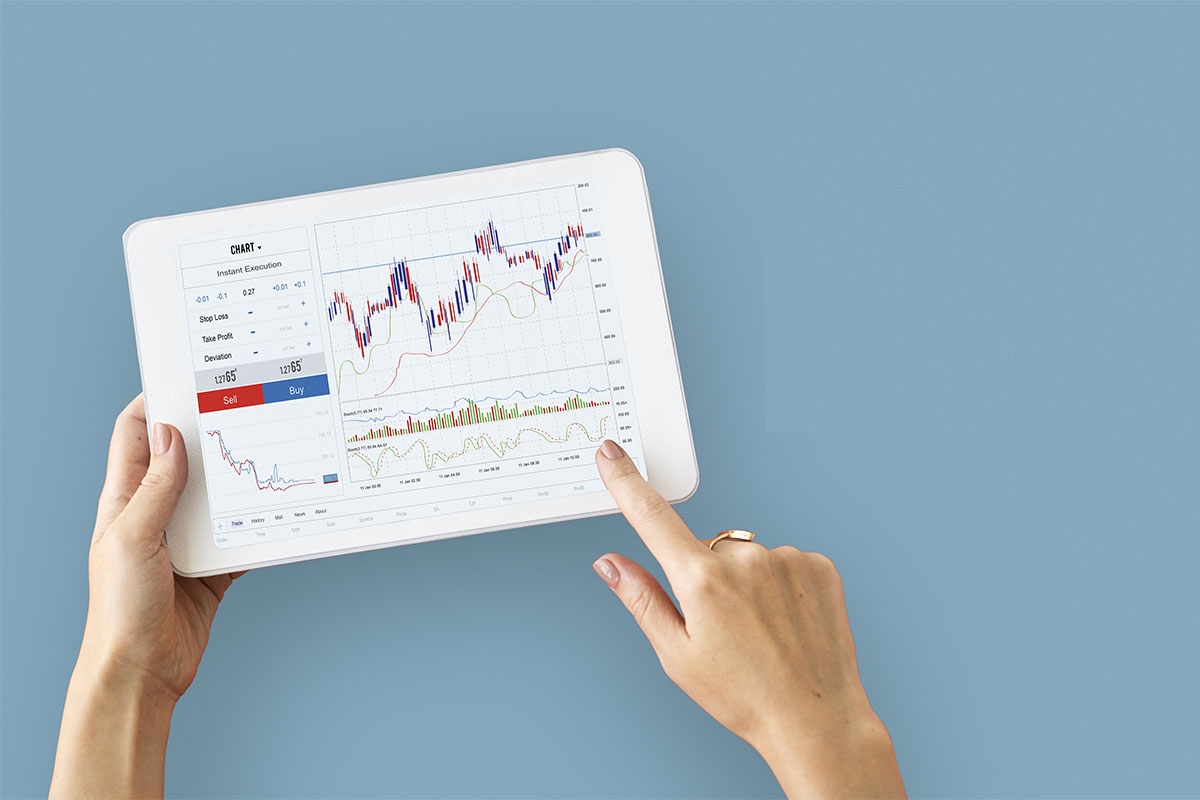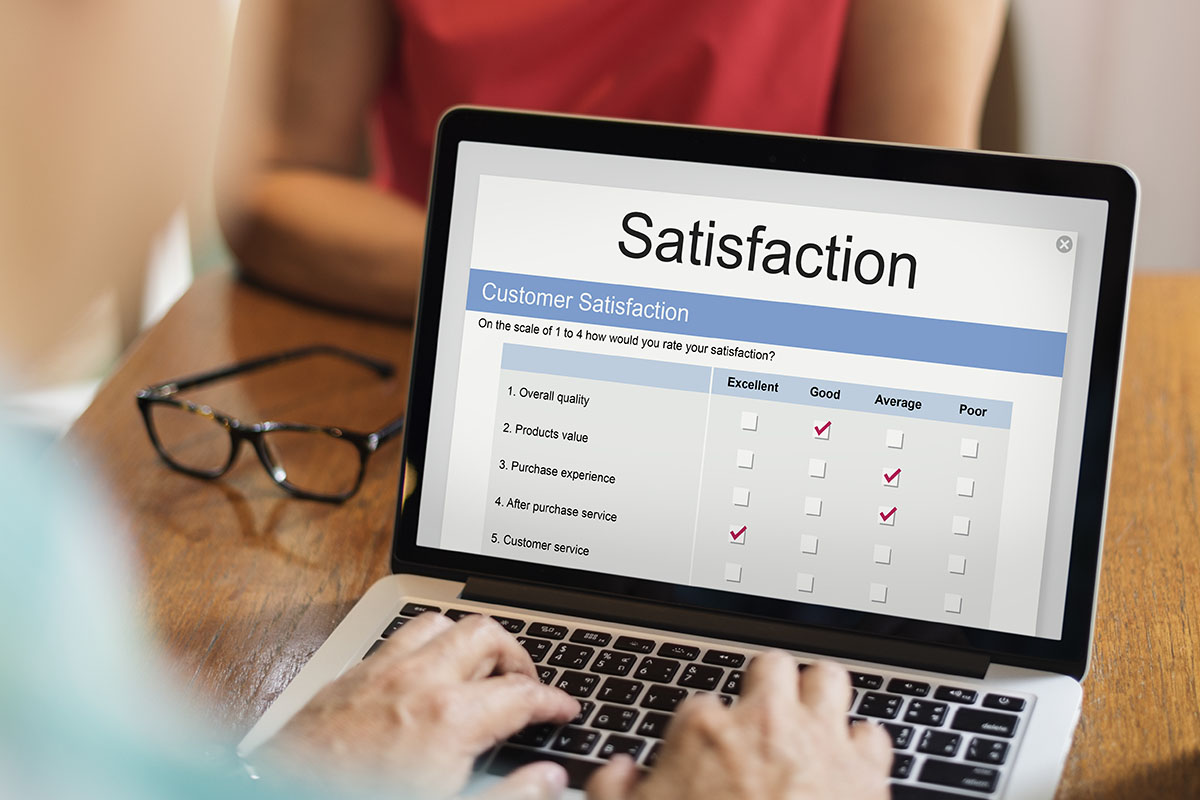NPS, or Net Promoter Score, has become a popular metric for customer loyalty and satisfaction. It is calculated by asking customers how likely they are to recommend your company to others on a scale of 0-10.
NPS can be a valuable indicator of customer sentiment, but it is important to analyze and understand your NPS data in order to make the most of it.
Here are 11 tips for effectively analyzing your NPS data.
Collect feedback with JustFeedback
JustFeedback helps your business increase profits and reduce risk by improving your customer experience
1. Know your goal
Before you start analyzing your NPS data to calculate your NPS score, it is important to know what you want to achieve with the analysis.
Do you want to increase customer satisfaction? Improve customer loyalty? Get customer feedback on a new product? Once you know your goal, you can tailor your NPS survey analysis to help you achieve it.
To know your goal, start with the high-level business goals and work your way down to the specific NPS goals.
For example, if one of your company’s goals is to increase customer satisfaction, your NPS goal might be to increase the percentage of promoters or decrease the percentage of detractors.
- Keep it specific: A specific goal is easier to measure and track than a general one. For instance, rather than setting a goal to “improve customer satisfaction,” set a goal to “increase the percentage of promoters by X%.”
- Make it realistic: Setting an unrealistic goal will only lead to frustration. If you’re not sure what is realistic, look at your past performance or talk to experts in the field.
- Make it time-bound: Giving yourself a deadline will help you focus and stay on track. Without a timeline, it’s easy to get sidetracked or push off the goal indefinitely.
- Make it measurable: In order to track your progress, your goal should be quantifiable. For example, rather than setting a goal to “get more feedback from customers,” set a goal to “increase the number of NPS survey responses by X%.”
- Make it achievable: If your goal is too ambitious, you’re likely to get discouraged. Make sure your goal is challenging but achievable.
2. Define your audience
Another important factor to consider before starting your NPS analysis is your audience. Who are you trying to reach with your analysis? Is it current customers? Potential customers? Employees?
Knowing your audience will help you focus your NPS data analysis and ensure that you are providing the right information.
To define your audience, start by identifying the decision-makers. Who will be using the NPS results of your analysis to make decisions? Once you have identified the decision-makers, think about what information they need in order to make those decisions.
For example, if you are trying to improve customer satisfaction, the decision-makers might need information on which customers are unhappy and why.
3. Collect the right data
In order to effectively analyze your NPS data, you need to make sure you are collecting the right data. The type of data you collect will depend on your goals and audience, but there are some general guidelines to follow.
First, make sure you are collecting data from the right people. If your goal is to improve customer satisfaction, you will need to collect data from current customers.
On the other hand, if your goal is to get analyze customer feedback on a new product, you will need to collect data from potential customers.
Second, make sure you are collecting data at the right time. If you want to track customer satisfaction over time, you will need to collect data on a regular basis.
On the other hand, if you only want to get qualitative feedback on a new product, you can collect data once the product has been launched.
Finally, make sure you are collecting data in the right format. If you want to be able to analyze the data, you will need to collect it in a structured format such as Excel or CSV.
On the other hand, if you only want to get feedback from customers, you can collect data in an unstructured format such as NPS surveys or interviews.
4. Choose the right metric
Once you have collected the data, it’s time to choose the right metric. The metric you choose will depend on your goals and audience, but there are some general guidelines to follow.
If your goal is to improve customer satisfaction, you will need to choose a metric that measures customer satisfaction. The most common metrics for measuring customer satisfaction are Net Promoter Score (NPS) and Customer Satisfaction Score (CSAT).
If your goal is to get customer’s feedback on a new product, you will need to choose a metric that measures customer engagement. The most common metrics for measuring customer engagement are Customer Effort Score (CES) and Net Promoter Score (NPS).
5. Analyze the data

Once you have collected the data and chosen the right metric, it’s time to start analyzing the data. The first step is to understand the distribution of the data. This will help you identify any outliers and understand the general trends.
Next, you need to start looking for patterns in the data. Look for relationships between different variables and see if you can identify any trends.
Finally, you need to interpret the data and draw conclusions. What do the data tell you about your customers? What do the data tell you about your product? What do the data tell you about your business?
When analyzing your data, don’t forget to:
- Use visualizations to help you understand the data: Visualizations can help you understand the data and spot patterns that you might not be able to see in the raw data. Suppose you are looking at customer satisfaction data. A visualization might help you spot a trend that customers who live in a certain region are less satisfied than other customers.
- Calculate percentages: When analyzing NPS survey data, it can be helpful to calculate the percentage of people who gave each answer. For example, if 40% of respondents said they were very satisfied with the product, you know that 4 out of 10 people were very satisfied.
- Use statistical tests: Statistical tests can help you understand if the patterns you are seeing in the data are real or just due to chance. For example, a statistical test can help you determine if the difference in customer satisfaction between the two groups is statistically significant.
- Draw conclusions carefully: When interpreting the data, be careful not to make any unfounded conclusions. Always back up your conclusions with evidence from the data.
- Get help from a data analyst: If you don’t feel confident in your ability to analyze the data, get help from a data analyst. A data analyst can help you understand the data and spot patterns that you might not be able to see on your own, which will reduce customer churn and improve customer retention.
6. Visualize the data
Once you have analyzed the data, it’s time to start visualizing the data. Visualizing the data will help you communicate your findings to your audience and make it easier for them to understand.
There are a variety of ways to visualize the data, but the most common methods are bar charts, line graphs, and pie charts.
Bar charts are a great way to compare different variables. For example, you could use a bar chart to compare customer satisfaction scores for different products.
Line graphs are a great way to show trends over time. For example, you could use a line graph to show how customer satisfaction NPS scores have changed over time.
Pie charts are a great way to show proportions. For example, you could use a pie chart to show the percentage of customers who are satisfied with your product and unhappy customers.
7. Create actionable insights

Once you have visualized the data, it’s time to start creating actionable insights. Actionable insights are specific conclusions that you can draw from the data that will help you improve your business.
For example, if you want to improve customer satisfaction, you might conclude that you need to improve your product’s features or your customer service.
If you want to get positive and negative feedback on a new product, you might conclude that you need to change your marketing strategy or your pricing.
8. Present the data
Once you have created actionable insights, it’s time to start presenting the data. There are a few things to keep in mind when presenting the data.
First, you need to make sure that your presentation is clear and concise. You don’t want to overwhelm your audience with too much information. With that said, you also don’t want to leave out any important information.
Second, you need to make sure that your presentation is visually appealing. Use charts and graphs to visualize the data and make it easier for your audience to understand.
Third, you need to make sure that your presentation is persuasive. You need to convince your audience that your conclusions are correct and that they should take action.
When presenting the data, make sure to:
- Use clear and concise language: Be careful not to use too much technical jargon. Use simple language that your audience will be able to understand.
- Use visuals: Charts and graphs can help you visualize the data and make it easier for your audience to understand.
- Be persuasive: Convince your audience that your conclusions are correct and that they should take action. For instance, you can provide testimonials or case studies to support your conclusions.
9. Analyse Your NPS Distribution
After you’ve calculated your NPS score, take a closer look at your NPS distribution. Your NPS distribution is the percentage of passive customers who fall into each of the three NPS categories: promoters, passives, and detractors.
The distribution of promoters, passives, and detractors can tell you a lot about your business. For example, if you have a high percentage of promoters, that means that your customers are generally happy with your product.
On the other hand, if you have a high percentage of detractors, that means that your customers are generally unhappy with your product.
Here are a few things to keep in mind when looking at your NPS distribution:
- The percentage of promoters should be higher than the percentage of detractors: If the percentage of promoters is lower than the percentage of detractors, that means that your customers are generally unhappy with your product.
- The percentage of passives should be close to the percentage of promoters: If the percentage of passives is significantly lower than the percentage of promoters, that means that your loyal customers are not very engaged with your product.
- The percentage of detractors should be close to zero: If the percentage of detractors is significantly higher than zero, that means that your customers are generally unhappy with your product.
10. Feedback Sentiment Analysis
In addition to looking at the distribution of promoters, passives, and detractors, you should also analyze the sentiment of the feedback that your customers provide. Sentiment analysis is the process of determining the emotional tone of a piece of text.
There are a few things to keep in mind when doing sentiment net promoter system analysis:
- The sentiment of the feedback should be positive: If the sentiment of the feedback is negative, that means that your customers are generally unhappy with your product.
- The sentiment of the feedback should be consistent: If the sentiment of the feedback is inconsistent, that means that your customers are not sure how they feel about your product.
- The sentiment of the feedback should be relevant: If the sentiment of the feedback is irrelevant, that means that your customers are not talking about the things that matter to you.
When doing sentiment analysis, make sure to:
- Use a software tool: There are a number of software tools that can help you with sentiment analysis.
- Look for positive and negative words: Look for words that are associated with positive or negative emotions.
- Look for consistent patterns: Look for patterns in the sentiment of the feedback. For instance, you might want to look for customer service issues that are consistently mentioned.
11. Act on Feedback

Net promoter score analysis is a powerful tool, but it’s only as useful as the actions you take in customer responses to it. In order to get the most out of your NPS data, you need to take feedback analysis seriously and act on it.
Here are a few things you can do to make sure you’re taking feedback analysis seriously:
- Set up a system for tracking NPS data: You need to have a system in place for tracking NPS data collected. This will help you keep track of your NPS score over time and see how your score changes in NPS response to different actions.
- Analyze your NPS data regularly: You should analyze your NPS data points on a regular basis. This will help you identify trends and take action in response to them.
- Take action in response to your NPS data: Once you’ve analyzed enough data, you need to take action in response to it. This might mean making changes to your product or your customer service. Regardless of what you do, make sure you’re taking action in response to your qualitative data.
By following these tips, you can effectively analyze your NPS data and take action in NPS responses to it. By doing so, you can improve your product and create a better customer experience.
Final Thoughts
NPS analysis is a critical part of any business. If you want to effectively analyze your NPS data, then you need to follow these tips.
If you’re not sure where to start, then you can always get help from experts. Data analysts are experts who can help you make sense of your data and create actionable insights.
Want to start collecting NPS data for your business? Join for free here at JustFeedback.








